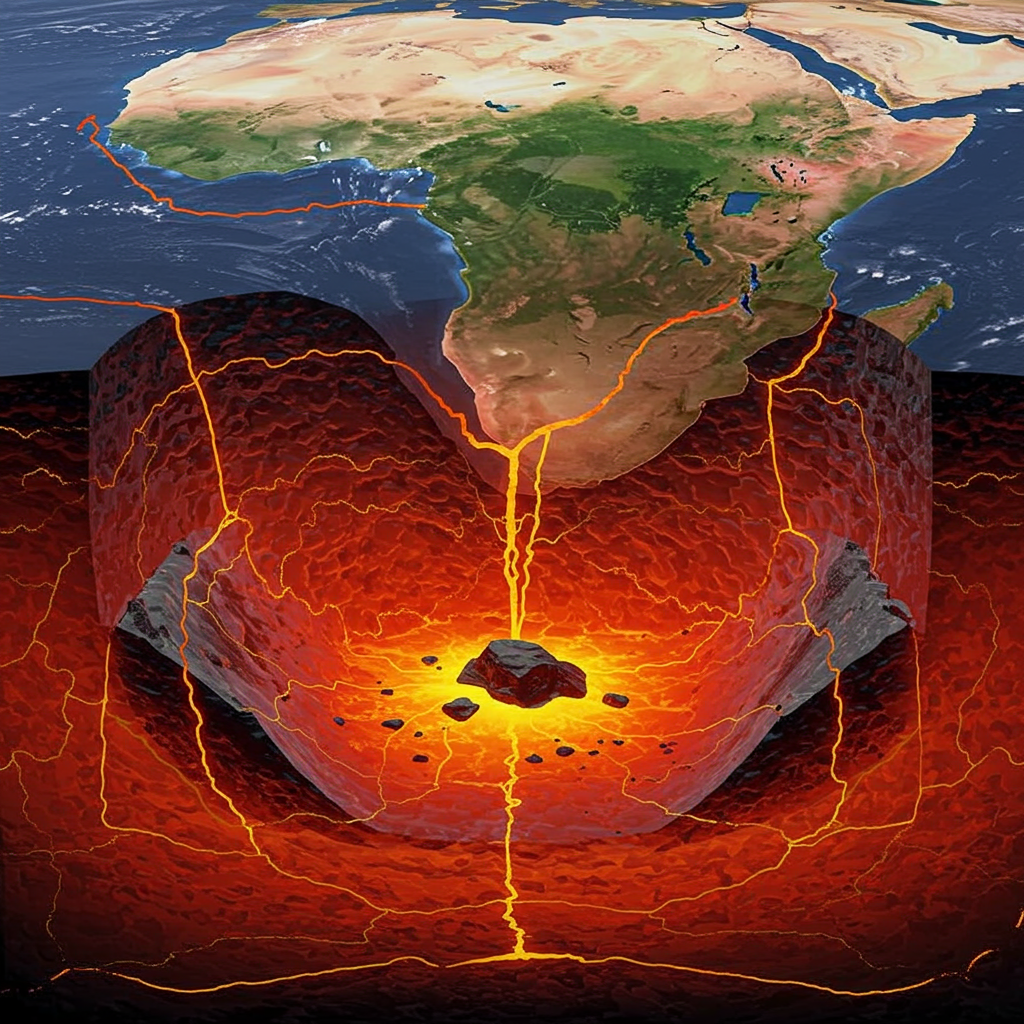How did ancient humans cross vast oceans millennia ago without maps, metal tools, or modern vessels? This question has long fascinated scientists studying early human migration. Now, Japanese researchers have turned to “experimental archaeology” to shed light on a remarkable 30,000-year-old journey across the Pacific.
Drawing inspiration from historical expeditions like Thor Heyerdahl’s 1947 Kon-Tiki voyage (which tested the feasibility of ancient South Americans reaching Polynesia by raft), anthropologists sought to understand how Paleolithic people successfully navigated from Taiwan to the southern Japanese islands, including Okinawa.
Recreating a Paleolithic Vessel
Led by Dr. Yousuke Kaifu, an anthropologist at the University of Tokyo, a research team embarked on a unique project: building and sailing a replica of a Paleolithic canoe. This wasn’t a sleek modern boat, but a vessel crafted using the methods available 30,000 years ago – essentially, a hollowed-out cedar log shaped with an edge-ground stone axe. The resulting 25-foot dugout canoe was christened “Sugime.”
“Since any physical evidence [of ancient boats] would have been washed away by the sea, we turned to experimental archaeology, in a similar vein to the Kon-Tiki,” explained Dr. Kaifu.
Sailing Against the Current
The team’s primary challenge was understanding how ancient mariners dealt with the powerful Kuroshio current, a major oceanic force in the western Pacific. Their research involved two key components, recently published in the journal Science:
- Ocean Modeling: Advanced computer simulations recreated hundreds of potential voyages. These models tested various starting points, seasons, and paddling techniques under both modern and simulated prehistoric ocean conditions to identify the most probable ancient routes across the current.
- The Experimental Voyage: In 2019, a crew of four men and one woman set sail in the Sugime canoe from eastern Taiwan. Their goal was to reach Yonaguni Island in the southern Ryukyus, a journey of 122 nautical miles on the open sea. Crucially, they relied solely on ancient navigation methods: the sun, stars, and wind, often losing sight of their destination.
Proving the Feasibility
The grueling experimental voyage took 45 hours, successfully demonstrating that such a crossing was indeed possible using only basic technology and natural navigation. Combined with the ocean modeling identifying favorable routes, the studies provide the most likely answer to how ancient humans made this significant sea migration.
According to Peter Bellwood, an archaeologist at the Australian National University not involved in the project, this inter-island crossing would have been one of the oldest and longest sea voyages undertaken by Homo sapiens up to that point in history. Only the earlier migration to Australia from eastern Indonesia, dating back around 50,000 years, represents a longer ancient sea journey.
The successful Sugime expedition and the supporting scientific models offer compelling evidence that the earliest inhabitants of Japan and other Pacific islands possessed sophisticated seafaring skills far earlier than previously understood, navigating challenging waters with remarkable ingenuity.




